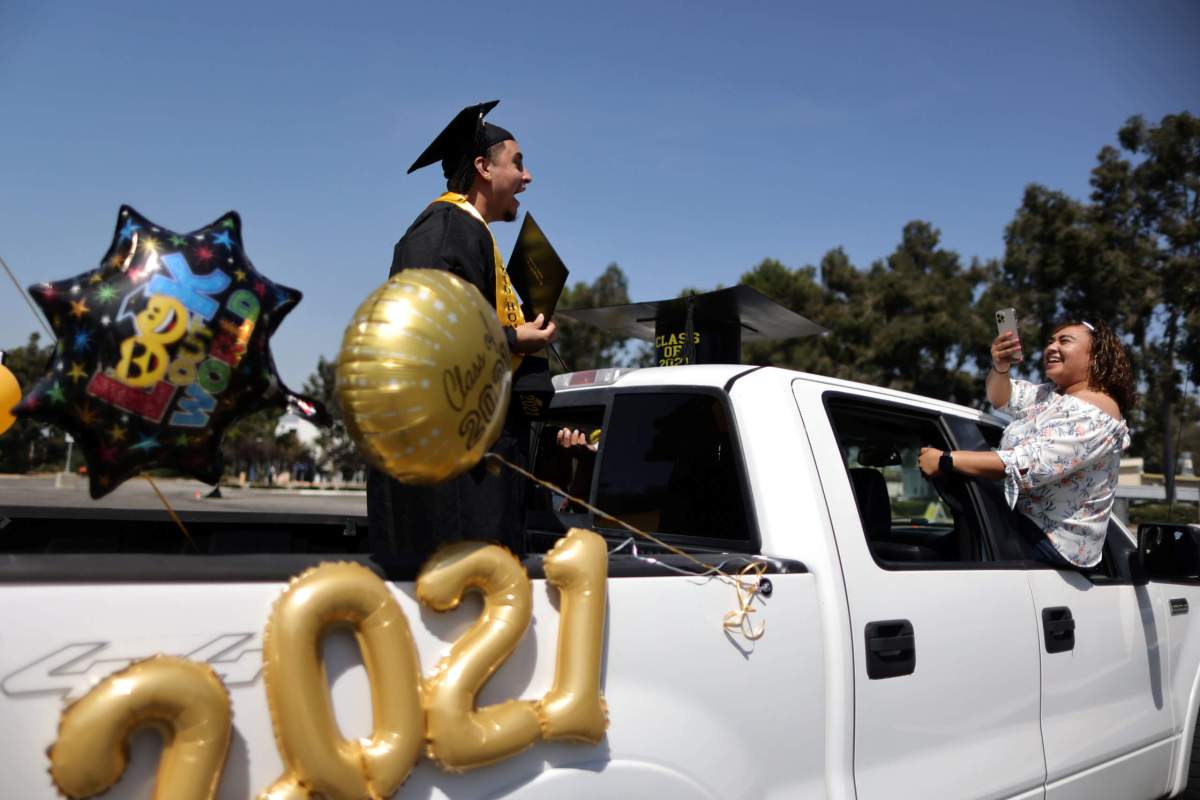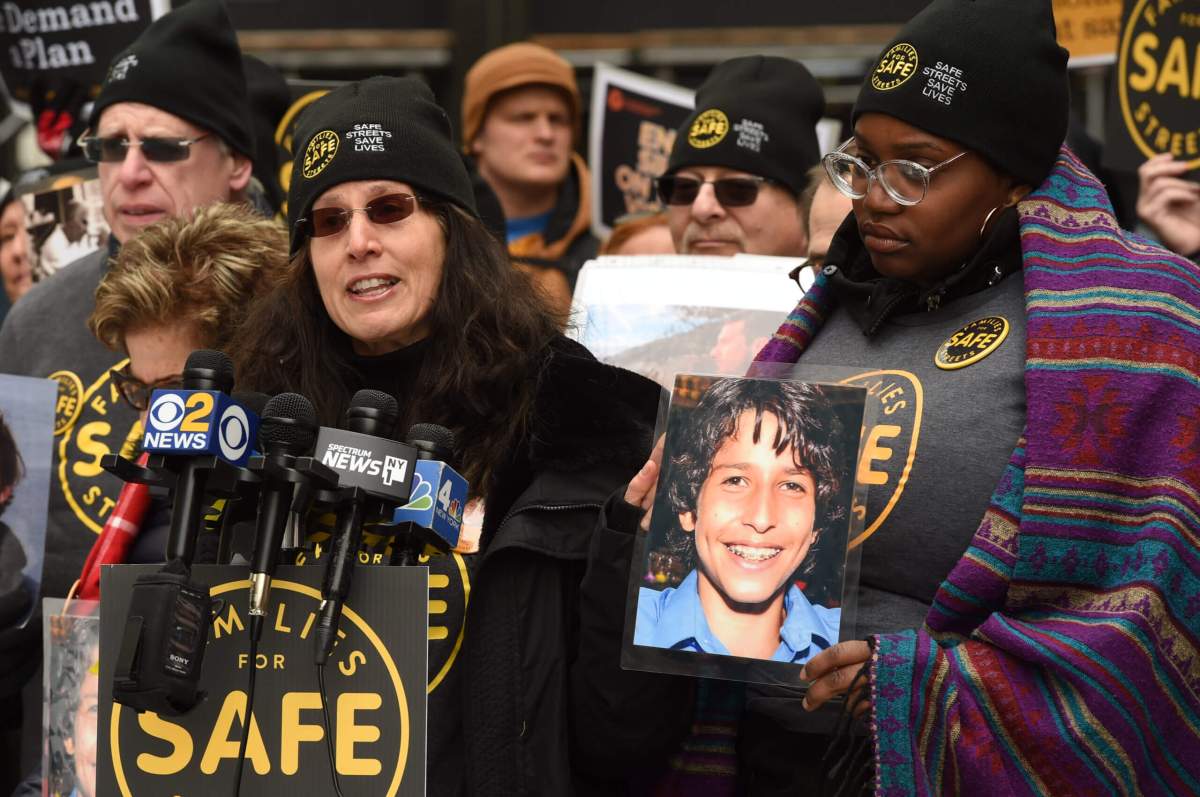Robert A. Scott, president Emeritus, Adelphi University; Author, How University Boards Work, 2018, Eric Hoffer Awardee, 2019
Community colleges are colleges for the people, designed to be accessible to everyone and intended to be affordable for all. They enroll 39 percent of all college students, with an average age of 28. Most work at least part-time and many take classes part-time; countless numbers have family obligations with children or adults. When these students succeed, they have overcome obstacles that most students in four-year colleges have not experienced.
The mission of community colleges generally is two-fold. Some students enroll in Associate of Arts and Associate of Science degree programs in order to transfer to four-year colleges and universities. These are pathways to baccalaureate degrees. In many cases, public and private baccalaureate institutions have what are called articulation agreements with community colleges so that students can transfer credits almost seamlessly.
Community colleges also offer more technical degrees and certificates. In these cases, the designation is Associate of Applied Arts or Applied Science. While these degrees do not lend themselves as easily to transfer, they usually lead to a certification or license, such as in computer technology, emergency medical technicians, medical laboratory technician, paralegal, and bookkeeping, among other fields.
Graduates of community colleges have higher earnings than those with only a high school diploma and have less need for social services. They also have better health. It is estimated that this saves about $46.4 billion per year in government spending.
The financial model for community colleges is unique in higher education. The general formula is for one-third of the funding to come from the sponsoring state, one-third from the hosting county, and one-third from the student and family. Unfortunately, this formula is often honored in the breach. For example, in New York, the proportion of support from the state and counties has declined while the proportion from tuition has increased. Despite their important role in upward mobility, community colleges nationally receive nearly $9,000 less per student than those enrolled in four-year public college, or nearly $78 billion less. This results in an excessive reliance on part-time faculty, fewer advisors and services, and undeveloped programs.
The COVID pandemic hit community colleges especially hard. Nationwide, overall higher education enrollment fell 4.5 percent and 2.8 percent at private and public four-year colleges. For community colleges, the drop was nearly 12 percent, including a 4.9 percent decline in retention. Locally, Nassau and Suffolk Community Colleges saw declines of 16.7 percent and 10.5 percent from fall 2019 to fall 2020.
Why was the drop in community college enrollment so great? What are the consequences?
The drop in community college enrollment is related to the demographics of their typical students. A substantial proportion of Nassau’s and Suffolk’s student are from Black and Hispanic families. COVID hit low-income and minority families especially hard. Also, community college students typically are older, first-generation, and lower-achieving students from blue-color working families who live in high poverty communities and attended lower resourced high schools. The sharpest decline in overall student enrollment was of those older than 25 years, that is, the typical community college student.
In addition, community college students tend to work at least part-time in low wage jobs because they lack a degree. During the pandemic, many lost their jobs or had to stay at home to care for children or parents. Given their family circumstances, students at community colleges may lack the computing capability necessary to take courses remotely. Many have children who need the computer and wi-fi for their schoolwork.
Consequently, people who sought a community college education for skills training or academic transfer were blocked from pursuing their dreams. Those who dropped out due to costs, health, or family obligations left earned course credits unclaimed. If they owe money on their account, they cannot transfer these credits to another college. It is estimated that some 6.6 million students have stranded credits and a total of $15 billion in unpaid bills. One result is that these students have higher loan defaults than students at four-year public and private colleges.
Another consequence of this reduction in community college enrollment is that there will be fewer students to transfer to four-year colleges and universities, exacerbating enrollment challenges caused by fewer high school graduates. Four-year colleges should recruit the students with stranded credits both to help them and enhance their enrollment.
Some politicians and pundits argue for community colleges to be free. This is a noble idea, but it does not consider the other realities of community college student life. For example, New York’s Excelsior Scholarship Program provides free tuition at two-year and four-year public colleges for state residents who complete 30-degree credits per year, including January and Summer sessions, come from families that earn under $125,000 per year, and plan to live and work in New York following graduation for the length of time they participate in the scholarship. However, the program does not provide help with childcare, housing, food, computing, and transportation, all essential expenses and roadblocks to college entry and completion.
Funders need to recognize the true costs of attendance. For the people’s colleges to fulfill their public missions to prepare productive and engaged citizens, states and counties should bring their funding closer to parity with four-year public colleges. Only then will community colleges be affordable, accessible vehicles of high quality for economic and social mobility. By underfunding these institutions and their students, we shortchange society as a whole.

















